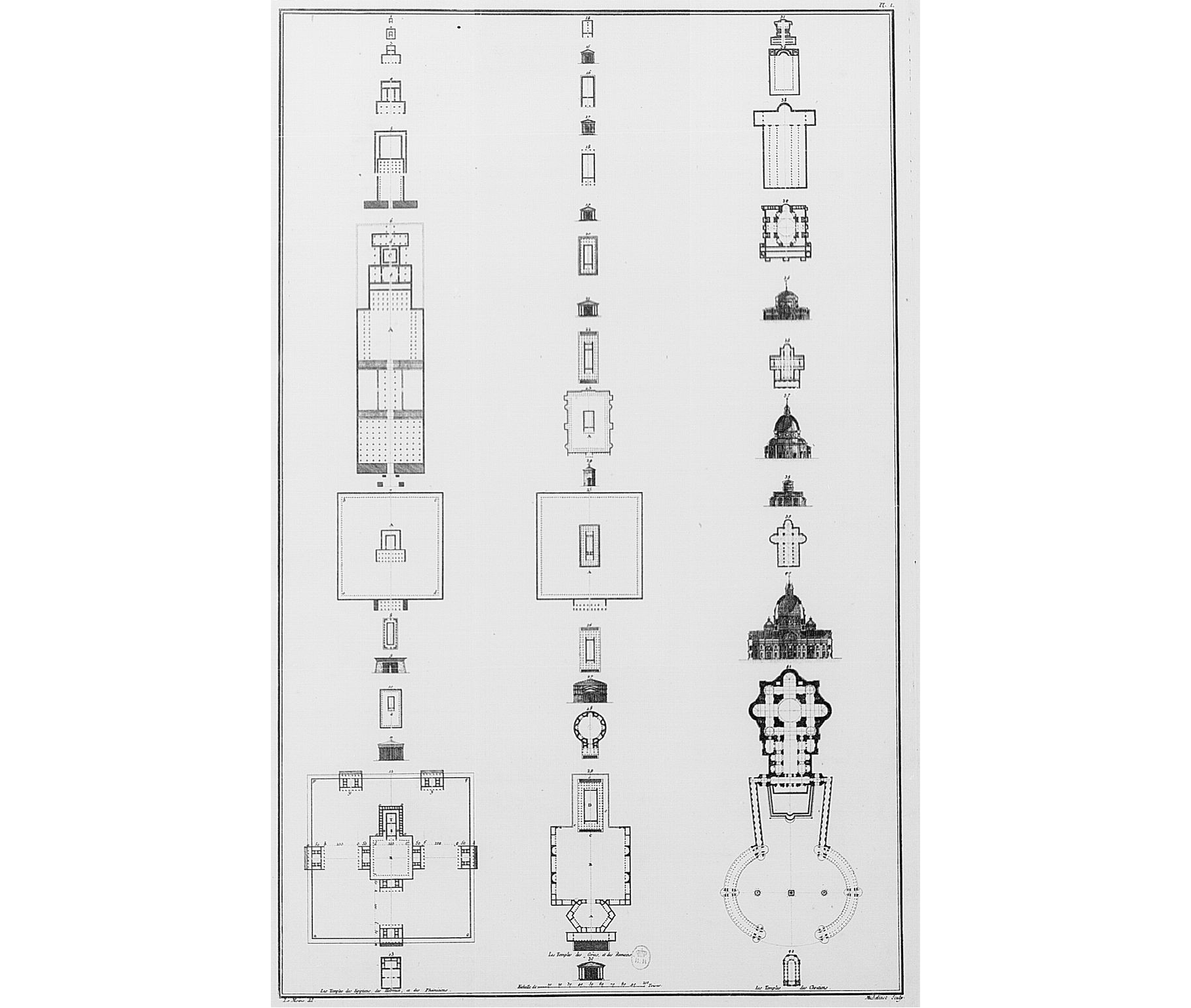Robert Venturi, Complexity and Contradiction in Architecture, (New York: The Museum of Modern Art, 1966).
Aldo Rossi, L'architettura della città (Venezia: Marsilio Editori, 1966), English edition, The Architecture of the City, translated by Diane Ghirardo and Joan Ockman (Cambridge, MA: MIT Press, 1982); Manfredo Tafuri, Teorie e storia dell'architettura (Roma e Bari: Laterza, 1968), English edition, Theories and History of Architecture, translated by Giorgio Verrecchia (London: Granada, 1980).
History/Theory is a collaboration between the Institute for the History and Theory of Architecture (gta), ETH Zurich and e-flux Architecture.
